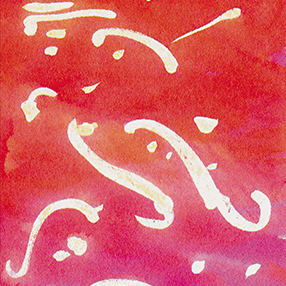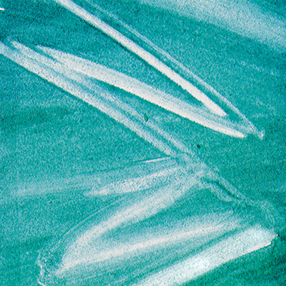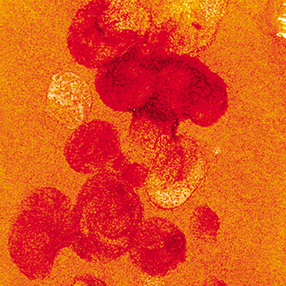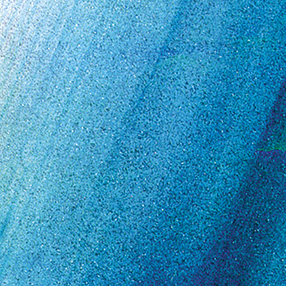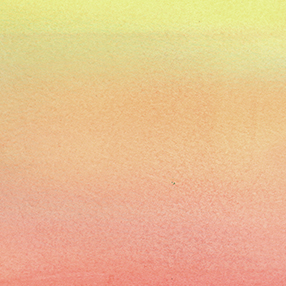Watercolour Mediums
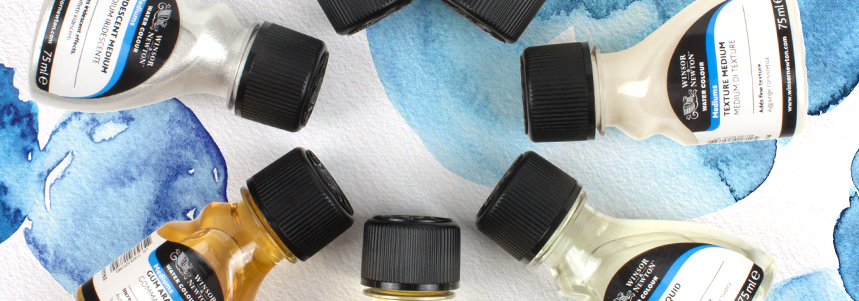
Working with watercolour mediums can greatly expand the watercolour techniques at your fingertips! Use them to adjust the working properties of your watercolour paints. Broaden your creative horizons by adding gloss, improving flow, creating iridescence and even adding texture.
Gum Arabic
By adding Gum Arabic to your watercolour you can increase the transparency and gloss to give greater brilliance of colour. Mixing in a little of this medium will also reduce the staining of pigments and make washes easier to lift. |
|
Ox Gall Liquid
A few drops of Ox Gall added to your water pot will improve the wetting and flow of your first water colour washes on any hard sized papers. On soft sized papers it may increase the staining power of some pigments. |
|
Aquapasto
Aquapasto is a gel medium which is added to tube water colour in proportions of up to 50%, before water is added. It provides water colours with a texture which can be scratched out or thickens washes and keeps them wetter longer by reducing the flow of the colour. It is excellent for blending multiple washes on the paper and reworking them as required. The reduction of flow also prevents two washes bleeding into each other - great for clouds and skies. |
|
Masking Fluids
Masking Fluid protects areas of your work when colour is applied in broad washes. Standard masking fluid is usually off-white or coloured with a pigment to make it easier to see the areas that you have masked and therefore make it easier to remove. We also stock Colourless Masking Fluid that can be used to protect certain areas of your work from large washes. Permanent Masking Medium is also available; this medium creates a permanently resistant surface that cannot be removed. It can be mixed with pigment to create a non-removable, resistant wash. |
|
Lifting Preparation
Lifting Preparation allows dry colour washes, including staining colours, to be easily lifted from paper with a wet brush, cloth or sponge. It should be applied directly to paper and left to dry before painting. It is recommended to coat the whole surface before commencing painting. |
|
Granulation Medium
Using Granulation Medium will increase the granulation of colour, giving a mottled appearance to colours which usually give a smooth wash (e.g. Winsor Blue), or enhancing the effect of granulating colours (e.g. French Ultramarine). For maximum effect dilute colour generously with medium alone. It is important that you always work with painting horizontal when using this medium. |
|
Texture Medium
Texture Medium contains fine particles that add fine texture to your watercolours and can be used to give the impression of depth and structure to water colour paintings. This medium should be applied directly to paper or mix with water colour paints on your palette. It is important to shake the jar well before use. |
|
Iridescent Medium
Iridescent Medium gives pearlescent or glitter effects to water colours and is particularly effective when mixed with transparent colours especially over dark backgrounds. This medium can be mixed with transparent water colour or apply over a dried wash. Shake the jar well before use. |
|
Blending Medium
Blending Medium slows the drying of water colours, allowing more time to create beautifully blended washes. This medium extends working time even in hot climates. For maximum effect dilute with medium only. This medium can also be mixed with water. |
|
Special Effects
Water colour is well suited to numerous special effects. Impressive results can be achieved very quickly with these simple tricks of the trade.
Salt for Added Texture
If salt is sprinkled onto a water colour wash, it will absorb the wet colour. Once dry, it is brushed away, leaving a pitted texture. Try fine and coarse salt for different effects.
Splatters and Splashes
Extra tone, texture and solidity is provided by splattering colours over an underpainting. Make a stencil to protect the areas you want un-splattered. Mix a darker wash and use a hog brush to flick the colour on in different concentrations. You can also splatter with masking fluid at the beginning of the work if you want white splatters instead. Remember not to leave the fluid on for longer than you have to.
Sandpaper
Sanding a finished wash can be a useful rescue technique. If you finish a painting and find it lacking highlights, sanding is an option. Using a coarse sandpaper, lightly remove some of the paper, leaving a mottled wash with highlights. Be careful or you’ll rub too much off and make the picture worse! Washes will not go on evenly over sanded paper.
Cling Film (Protective Food Film)
Intricate washes of various tones are quickly made by the use of cling film! Apply a wash to your chosen area, crumple up some cling film and press it onto the wash, making sure not to smudge or move the wet colour. Leave this to dry whilst you have a break. When you peel the film away the texture is ready made. Try this with blended washes of more than one colour for even more varied texture.














